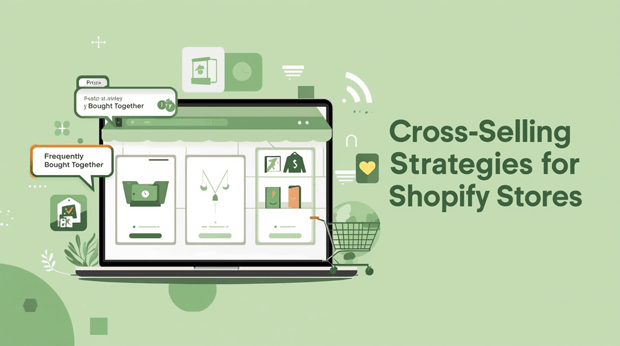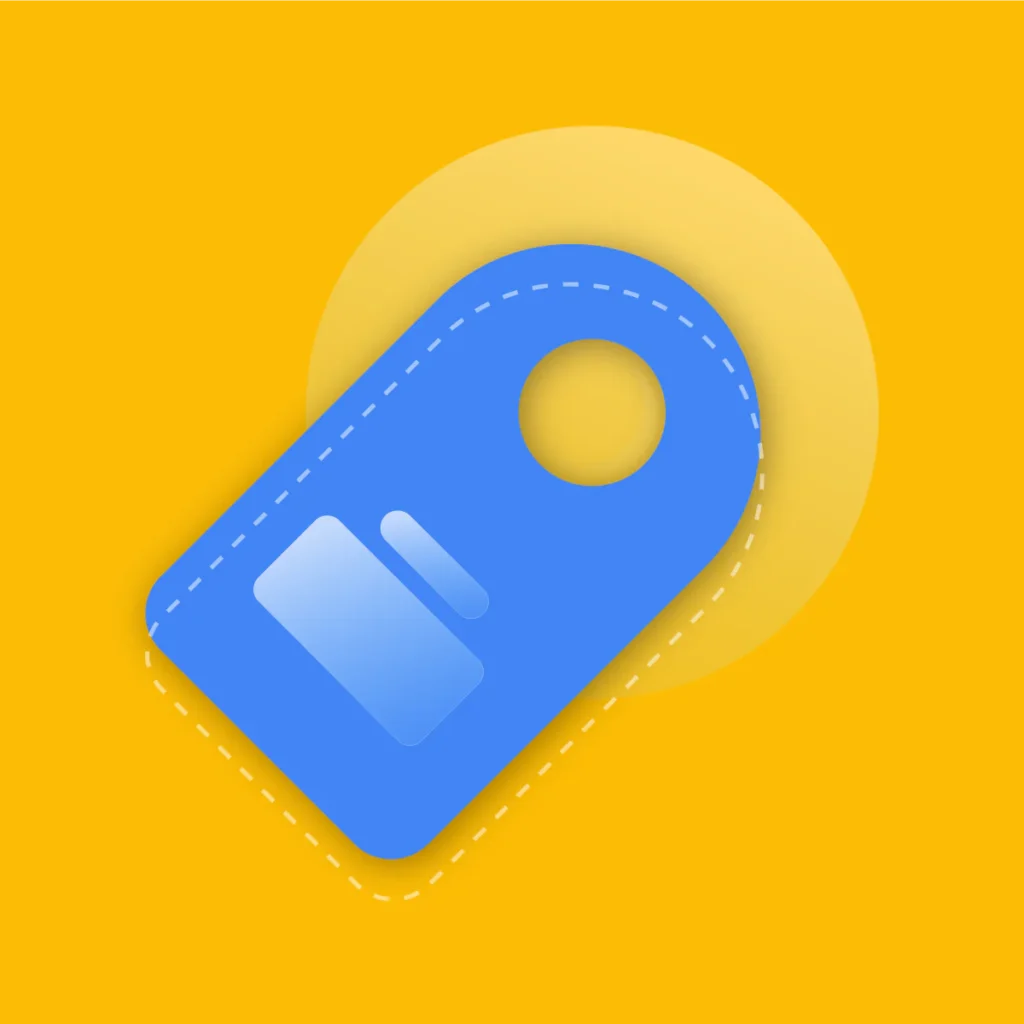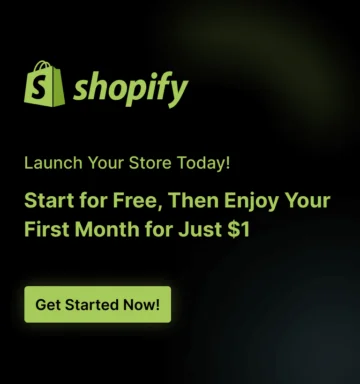Walk into any well-run retail store, and you’ll notice a key interaction: the sales associate recommending a complementary item as you head to the register. “Those new running shoes would go perfectly with these moisture-wicking socks,” they might say.
That simple, helpful suggestion is the essence of cross-selling. In the world of e-commerce, and specifically on Shopify, this strategy is not just a nice-to-have; it’s a powerful tool for growth.
In fact, cross-selling and upselling techniques can generate between 10-30% of a business’s total e-commerce revenue, according to Opensend.
For Shopify store owners, mastering this art can transform a good business into a great one.
It’s about more than just boosting your average order value (AOV); it’s about providing genuine value to your customers, helping them discover products they didn’t even know they needed.
It’s about building a better, more personalized shopping experience that fosters loyalty and encourages repeat business.
This guide will walk you through actionable cross-selling strategies for your Shopify store, backed by data and real-world examples to help you outrank the competition and build a thriving online business.
Key Takeaways
- Learn how to increase your average order value by recommending relevant products to customers who are already in the buying mood.
- Uncover the simple distinction between these two powerful sales techniques and how to use both effectively on your Shopify store.
- Discover a variety of proven cross-selling methods, from creating product bundles to leveraging post-purchase emails, complete with practical implementation tips.
- See how modern Shopify apps and data-driven recommendations can personalize your cross-selling efforts and drive conversions on autopilot.
Understanding the Basics of Shopify Cross-Selling
Before we dive into the strategies, let’s clarify the core concept. What exactly is a “shopify cross selling” strategy?
Cross-selling is a sales technique where you recommend a related or complementary product to a customer. The goal is to encourage them to buy items that enhance or are used in conjunction with their primary purchase.
Think of it this way:
- The Main Product: A customer adds a new smartphone to their cart.
- The Cross-Sell: You suggest a phone case, a screen protector, or a wireless charger.
This is different from upselling, where you’re trying to get the customer to buy a more expensive or premium version of the product they’re looking at.
For example, suggesting a larger, more powerful model of the same smartphone would be an upsell.
Both are incredibly effective, but a good Shopify cross-selling strategy focuses on adding value and convenience to the initial purchase.
Why Every Shopify Store Needs a Cross-Selling Strategy

The benefits of a well-executed cross-selling strategy extend far beyond a simple increase in revenue. Here’s why it’s a non-negotiable part of your e-commerce playbook:
1. Increased Average Order Value (AOV)
This is the most obvious benefit. By adding just one or two more items to each order, you can significantly boost your overall sales without spending a dime on new customer acquisition.
Research by WiserNotify indicates that cross-selling can contribute between 10-30% of total e-commerce revenue, proving its direct impact on the bottom line.
2. Enhanced Customer Experience and Satisfaction
When done correctly, cross-selling feels less like a sales pitch and more like a helpful suggestion. By anticipating your customer’s needs and offering them a complete solution, you show that you understand them.
For example, a customer buying a coffee maker will appreciate seeing coffee beans, filters, and a mug all in one place.
It saves them time and effort, making their shopping experience seamless and enjoyable. This personalized touch builds trust and customer loyalty.
3. Higher Customer Lifetime Value (CLV)
Cross-selling encourages customers to purchase from you again and again. A positive shopping experience that provides value will make them more likely to return for future purchases.
This not only increases the revenue from a single transaction but also boosts the long-term value of each customer.
4. Moving Inventory
A clever Shopify cross-selling strategy can help you sell less popular items by pairing them with best-sellers.
This is a great way to clear out slow-moving stock, introduce customers to new products, or even test the market for new offerings.
The Most Effective Cross-Selling Strategies for Your Shopify Store
Now for the good stuff. Let’s break down the most powerful and actionable cross-selling techniques you can implement on your Shopify store today.
1. Product Bundles and Kits
Bundling complementary products together is one of the most effective ways to increase your Shopify average order value.
It provides a clear, convenient package that often comes with a small discount, making the offer more compelling.
How to Implement:
- Create Thematic Bundles: Group products that naturally go together. For a skincare brand, this could be a “Daily Skincare Routine Kit” with a cleanser, toner, and moisturizer. A home goods store might offer a “Cozy Night In” bundle with a blanket, a candle, and a mug.
- Use Shopify Apps: The native Shopify platform has some limitations for complex bundling. Apps like Bundler or Bold Bundles make it easy to create different types of bundles, from fixed kits to “mix-and-match” options, and apply automatic discounts.
Example: Amazon’s “Frequently Bought Together” feature is the gold standard of bundling. It uses customer data to automatically suggest a group of items that are often purchased in a single transaction, making the choice effortless for the customer.
2. “Complete the Look” on Product Pages
This strategy is particularly effective for fashion, home decor, and beauty brands. Instead of just showing the product, you show it in context, styled with other items from your store.
How to Implement:
- High-Quality Photography: Showcase products in aspirational, lifestyle photos or videos that feature multiple items.
- Dedicated Section: On the product page, create a section titled “Shop the Look,” “Complete the Outfit,” or “Pairs Well With.” Link each featured item directly to its product page, making it easy for customers to add them to their cart.
Example: An apparel store might feature a model wearing a t-shirt, jeans, and a jacket. Below the main product photo, they would display the jeans and jacket with a call-to-action like “Add to Cart.”
3. Post-Purchase and Cart Page Recommendations
The checkout process is a high-intent moment. A customer has already committed to a purchase, making them highly receptive to a final, relevant offer.
How to Implement:
- Cart Page Recommendations: On the cart page or within a cart drawer, display a small carousel of “You May Also Like” or “Customers Who Bought This Also Bought” products. Keep the recommendations concise and relevant to avoid overwhelming the customer.
- Post-Purchase Offers: This is a fantastic, non-intrusive method. After the customer has completed their purchase on the thank you page, present a one-click offer for a related product at a special discount. This works because the customer has already entered their payment information, making the next purchase frictionless. Apps like ReConvert are designed specifically for this purpose.
4. Email Marketing Campaigns
Your relationship with a customer doesn’t end after the sale. Post-purchase email campaigns are a powerful way to continue providing value and driving future sales through cross-selling.
How to Implement:
- Automated Campaigns: Set up automated email sequences that trigger after a purchase. For a brand selling coffee makers, a few days after the sale, you could send an email with the subject line, “Your New Coffee Maker Needs This!” and recommend coffee beans, a grinder, or reusable travel mugs.
- Personalized Recommendations: Use customer data to tailor the recommendations. If a customer bought a new pair of hiking boots, their next email might recommend specific hiking socks or a trail map book.
5. Leveraging Social Proof with “Frequently Bought Together”
This strategy relies on the powerful psychological principle of social proof. By showing what other customers have bought, you build trust and make the purchase decision easier.
How to Implement:
- Data-Driven Suggestions: Use an app or Shopify’s own analytics to identify products that are commonly purchased together.
- On-Page Widgets: Place a small widget on the product page, often below the main product details, with a title like “Customers also purchased” or “Frequently bought together.”
Statistics to Guide Your Shopify Cross-Selling Efforts
To make your strategy data-driven, consider these compelling statistics:
- Conversion Rate: The conversion rate for upselling and cross-selling is significantly higher than for new customer acquisition, with some sources reporting cross-sell conversions at a high rate when the offers are relevant.
- Increased AOV: Businesses that effectively implement cross-selling can increase their average order value by as much as 40%. (Source: Skailama)
- Personalization is Key: According to Accenture, 91% of consumers are more likely to shop with brands that provide relevant offers and recommendations. (Source: Recharge)
- Revenue Impact: Companies that use cross-selling tactics can see a 20% increase in profit. (Source: WiserNotify)
Freequently Asked Questions
How is cross-selling different from upselling?
Cross-selling is about suggesting complementary or related products to a customer’s current purchase (e.g., a phone case with a new phone). Upselling is about encouraging a customer to buy a more expensive or premium version of the product they are already interested in (e.g., upgrading to a larger-screen TV model).
Should I use a Shopify app for cross-selling?
Yes, absolutely. While you can manually link products, a dedicated Shopify cross-selling app provides automation, personalization, and advanced features that are difficult to replicate manually. Apps like Rebuy Engine, Bold Upsell, and Cross Sell & Upsell Pro use AI and customer data to deliver highly relevant recommendations, saving you time and dramatically improving results.
Where on my Shopify store should I place cross-sell offers?
The most effective places are:
Product Pages: Below the main product details.
Cart Page: In a dedicated section or drawer.
Post-Purchase Thank You Page: For one-click offers.
Email Campaigns: In automated follow-up emails.
What is the “25% rule” in cross-selling?
The 25% rule is a guideline that suggests the price of the cross-sell item should not be more than 25% of the price of the main item. This helps ensure the offer feels like a small, easy-to-add-on rather than a major additional purchase that might cause the customer to reconsider their entire order.
Conclusion: Making Cross-Selling a Core Part of Your Shopify Strategy
Implementing an effective Shopify cross-selling strategy is one of the smartest moves you can make as an e-commerce business owner
It’s a low-cost, high-impact method for increasing revenue, improving customer satisfaction, and building a more resilient and profitable brand.
Start by identifying natural product pairings and then use a combination of strategic placements on your store and automated emails to present those recommendations to your customers.
By leveraging the right tools and focusing on providing genuine value, you’ll turn single-item purchases into complete shopping experiences, one cross-sell at a time.
The goal isn’t just to sell more; it’s to help your customers get more from their purchases, and that’s a strategy that pays off in the long run.



